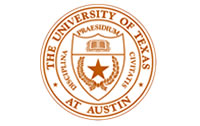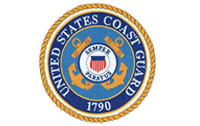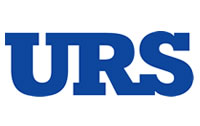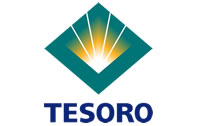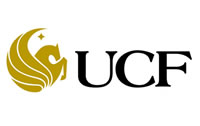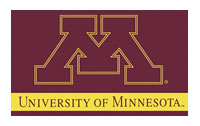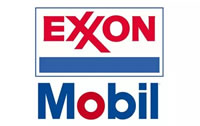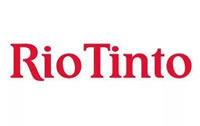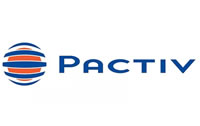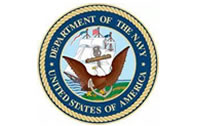Good guidance, clearly defined responsibilities, and a long-term mindset are necessities for creating an awesome workplace.

Wouldn’t you love to hear people in your organization say that your company is an awesome workplace? If you’ve already created an awesome manufacturing workplace, great; you can move on to read Doc Palmer’s or Sheila Kennedy’s excellent columns. But if you can’t say for certain that your team members feel they work in an awesome place, stick with this column.
In a hot job market, people will definitely leave for more money and better job situations. If your company doesn’t have deep pockets to entice people with better compensation and conditions, what can you do? You should assess your organization for the things you can do.
The leader a person reports to accounts for about 70% of how the person feels about their job. Whether you’re a work-center supervisor, a mid-level manager, a senior manager, or an executive, assess how your doing with leadership practices for the segment of the organization for which you’re responsible. Here are my recommendations of things you should consider:
1. Is there a policy on leadership? A policy should clearly define what each leader is accountable for. What are the roles and responsibilities with regard to leadership and leadership development?
2. Do you have a good leadership development program? A leadership development program should be supported by the leadership policy. Conduct a Team Effectiveness and Motivation Survey (TEMS). Link the team leader with team members to identify gaps or areas where the leader can improve. The development program should include identifying the career goals of each person and creating experiences to help them get there.
4. Are assets that are required to carry out guidance identified and available? When policies, plans, processes and procedures are developed, leaders need to ensure their team members are provided with what they need to execute the guidance. Assets include people, software, tools, equipment, etc. Each required asset needs to be defined by type, quantity, quality and life cycle. Many leaders assume their team members have what they need to execute efficiently and effectively. Often they don’t.
5. Have you provided the right training to enable people to perform to expectations? Training must be sufficient to enable people to carry out guidance with available assets. We can’t convert behaviors into habits or expect people to be proficient when training is insufficient. “Cheaping out” on training costs a lot more in the long run.
If you’re not doing these things or want more information on to know how to do them, I recommend you get a copy of my book “The Productive Leadership System.” If you prefer, contact me to request a site visit.
With or without help, do your best to create the most awesome leadership environment to show respect to, attract, and retain the best employees.


